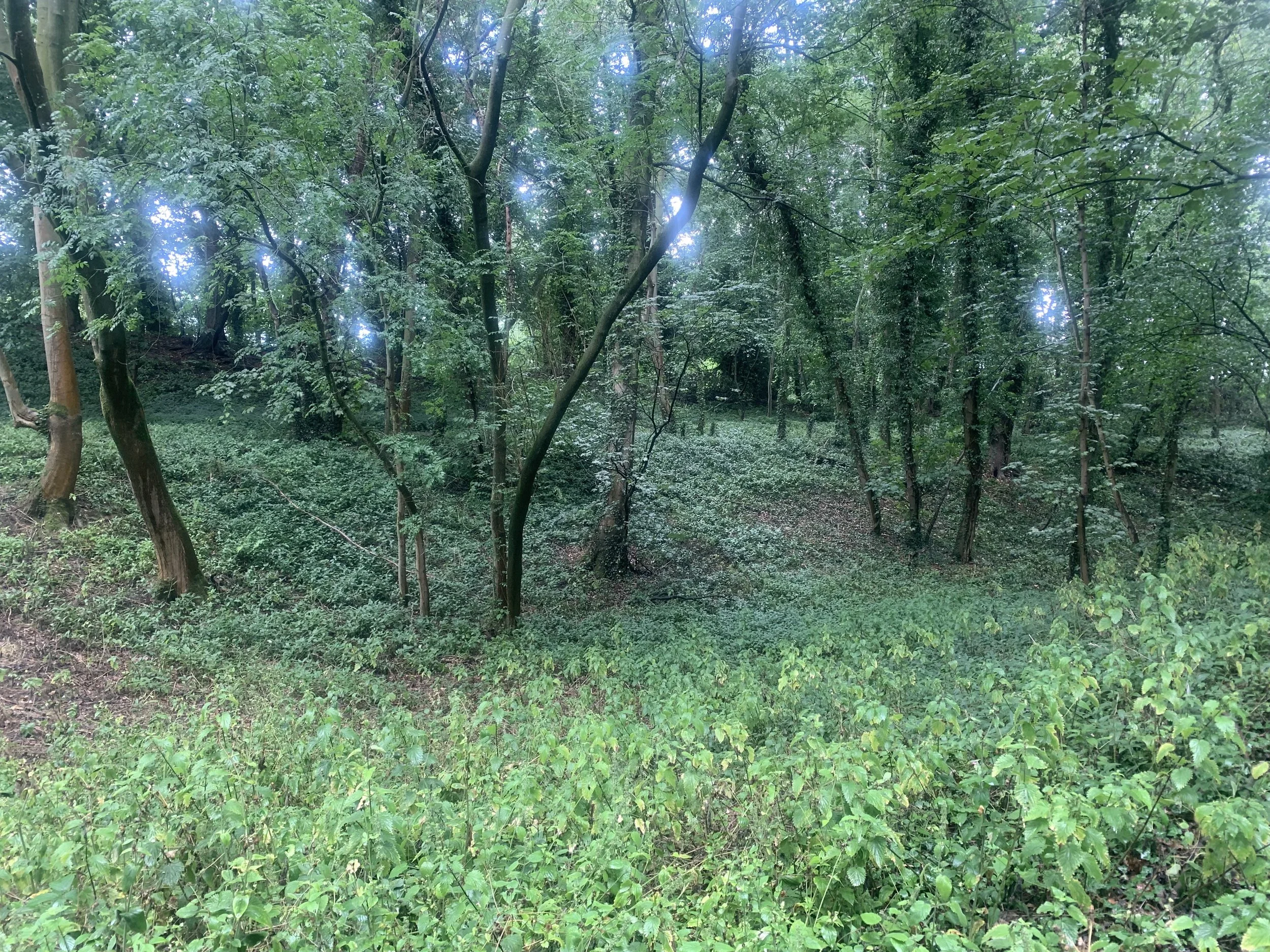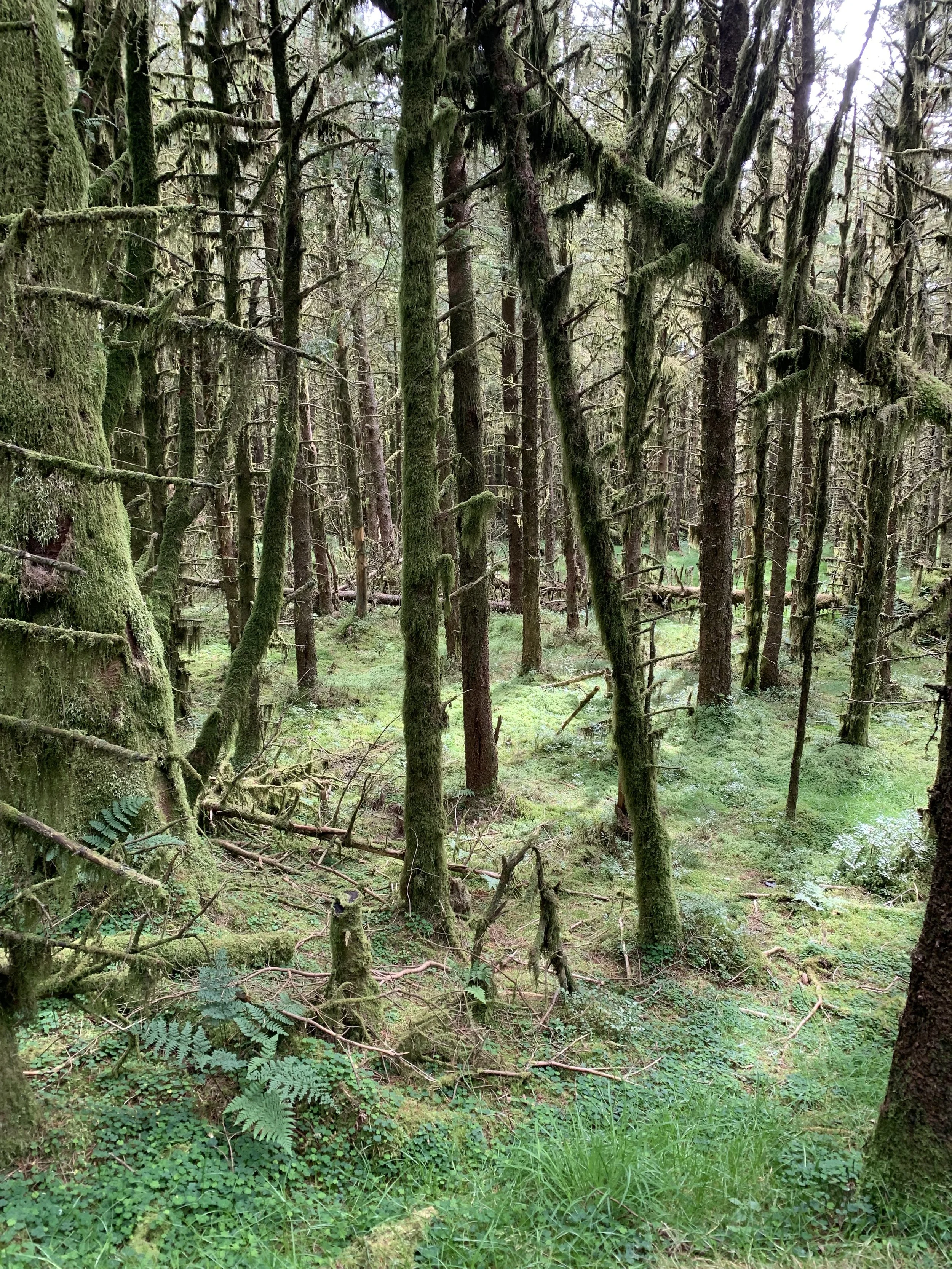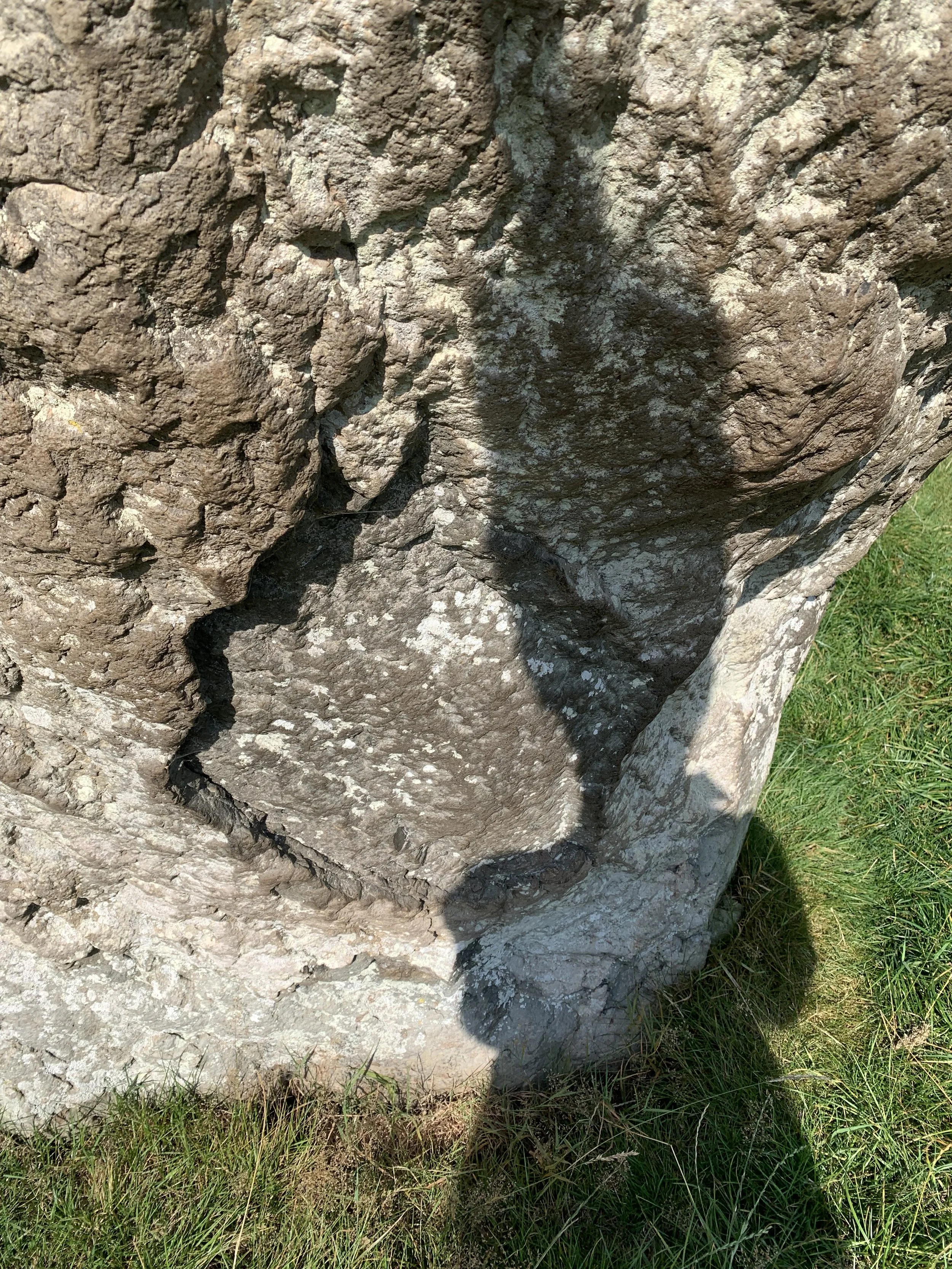Meditation and sound bathing
Teaching, workshops and sound healing spaces
Through Yoga Campus, I have completed Meditation Teacher Training (2024) with Graham Burns and Isabell Britsch, and the Art of Sacred Sound with Anne Malone (TBC 2025). These courses developed my research interests in embodied awareness in performance and its overlap with meditation but also the healing aspect of sound. The practices of meditation and sound bathing integrate wonderfully with what I do both as a performer - focused attention, an openness to sonic vibrations, fluidity, presence - and a teacher - patience, compassion, guidance.
Music and Sound Bathing
My sound bathing practice draws together techniques I have accumulated through my experience as a pianist and researcher – namely my experience of creating music soundscapes and improvisation in performance and my research into embodied listening practices – and my practice as a meditator and meditation teacher. I appreciate that the practice of sound bathing must necessarily produce only sounds that heal and so, as a practising musician, I am mindful of my natural inclination to shape and form the sounds I make. In creating a sound bath, I consider three possible routes to take to prioritise sound bathing’s healing qualities:
1. Through the lens of spiritual lineage that maintains a commitment to preserving the essence of historic sound bathing practices. These sacred practices are honoured through my choice of instruments and their ‘timeless’ and ‘formless’ performance that is underpinned by “authentic intention” (in reference to the Eight-Fold Noble Path in Tibetan Buddhism).
2. Through the lens of experimental music practices from the 1950-60s, during which American composers, who were aware of Eastern philosophies (particularly Daoism and Zen Buddhism), used methods of composition that removed egotistic tendencies so that they could allow sounds to be “sounds themselves” (Morton Feldman). This included using chance procedures to remove personal choice and taste in their music making and adopting the philosophy that ‘music is sound’.
3. Through the lens of my own experience as a performer (namely as a solo pianist) and my developed awareness of the transcendental nature of performance. Through a tuning into the moment and deeply listening to the natural acoustics of my instrument’s sound, I am able to feel and hear the healing qualities of expressivity whilst being fully aware of how my body produces sound.










